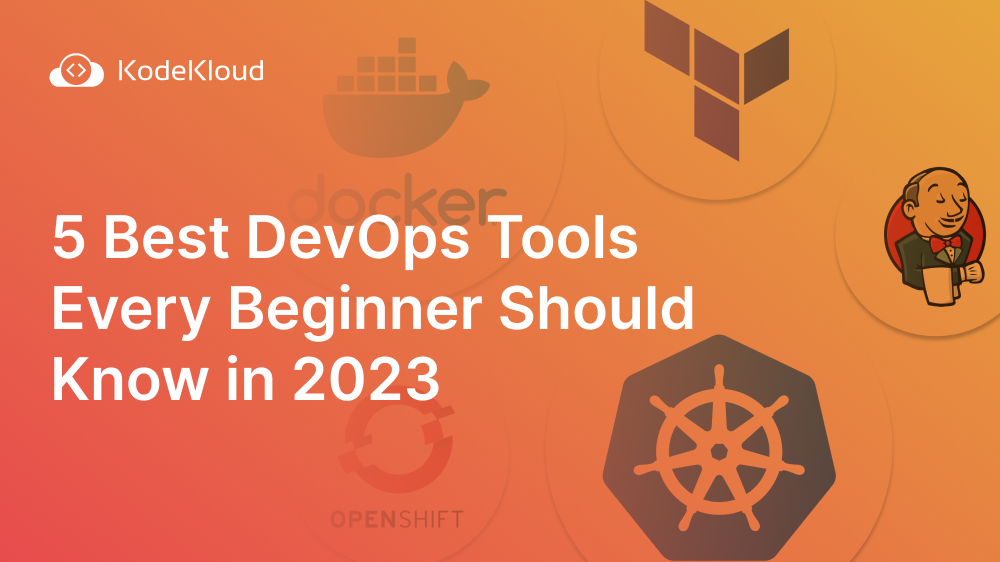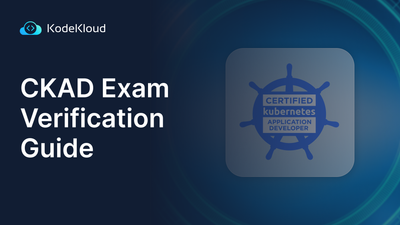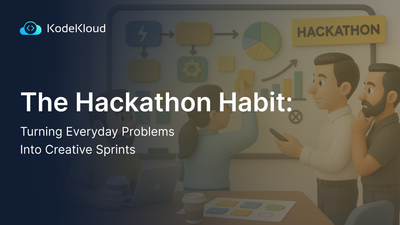DevOps is a rapidly growing field combining software development and IT operations to improve software delivery speed and quality. If you want a career in DevOps, you’ll need to learn to use tools like Jenkins, Docker, Kubernetes, Ansible, and Git.
In this article, we’ll look at five popular DevOps tools.
DevOps Tools
#1. Git
Git is a version control system widely used in DevOps to manage infrastructure as code configuration files over time. It allows multiple DevOps engineers to work on the same codebase and keep track of changes they make to the configuration files. With Git, we can easily revert to previous code versions, collaborate on changes, and merge changes made by different team members.
Learn more about how Git works: How GitHub Works.
Some of the key reasons why Git is popular include:
- Distributed development: Git allows developers to work on the same codebase from anywhere worldwide and seamlessly merge their changes.
- Version control: Git allows developers to keep track of changes to the code over time and revert to previous versions if necessary.
- Collaboration: Git makes it easy for multiple developers to work on the same codebase and collaborate on changes.
- Open-source community: Git is widely used by the open-source community and has become a standard tool for many software development projects.
- Ease of use: Git has a relatively simple and intuitive command-line interface, and there are many graphical user interfaces available for those who prefer a visual approach.
Explore our Git for Beginners course.

#2. Jenkins
Jenkins is an open-source automation server that helps automate parts of the software development process. You can use it to build, test, and deploy software projects continuously. It is one of the most popular DevOps tools.
Jenkins is a powerful and versatile tool that benefits software development teams. Some of the key advantages of using Jenkins include:
- Automation: Jenkins helps automate the build, test, and deployment processes, which saves developers time and ensures that software is delivered quickly and reliably.
- Integration: Jenkins integrates with various tools and technologies, including Git, Docker, Kubernetes, and more. This makes it easy to incorporate Jenkins into your existing software development workflow.
- Extensibility: Jenkins is highly extensible and supports hundreds of plugins that can be used to automate any task you can think of. This makes it easy to customize Jenkins to meet your team's specific needs.
- Open-source: Jenkins is an open-source tool, which means that it is free to use and can be customized and modified to meet the needs of your team.
- Community: Jenkins has a large and active community of developers and users who contribute to plugins, share best practices, and provide support. This makes it easy to get help and advice when you need it.
Explore our hands-on Jenkins course.

#3. Docker
Docker is a platform that allows developers to easily build, package, and deploy applications using containers. Containers are lightweight, portable, and self-contained environments that can run on any machine with Docker installed, regardless of the underlying operating system.
What makes Docker one of the most popular DevOps tools is its ability to provide consistent environments across the entire software delivery pipeline, from development to production. This helps to reduce the "it works on my machine" problem that often arises during software development.
With Docker, developers can package an application and its dependencies into a single container, which can be easily shared and deployed on any machine with Docker installed. This makes it easy to deploy applications across different environments, from development to production, without the need for complex configuration or setup.
Docker also allows for easy collaboration between teams, making it possible to share containers and deploy applications more quickly and efficiently. Additionally, Docker's microservices architecture makes it possible to break down larger applications into smaller, more manageable components, which can be developed and deployed independently.
Learn more about how Docker fits with other DevOps tools: What Is Docker in DevOps & How Does It Work?
Explore our hands-on Docker for Absolute Beginners course.

#4. Ansible
Ansible is an open-source software provisioning, configuration management, and application-deployment tool. It allows users to automate repetitive tasks, such as deploying multiple servers or configuring software across a network.
Ansible is important because it simplifies and streamlines the process of managing large and complex IT systems, reducing the need for manual intervention and increasing efficiency. With Ansible, administrators can easily manage and automate their infrastructure, saving time and reducing the risk of errors.
Ansible is popular for several reasons. Firstly, it is open-source and free to use, making it accessible to many users. Additionally, Ansible is easy to learn and use, with straightforward syntax that makes it accessible to beginners. It is also highly scalable, allowing users to manage large and complex IT systems with ease.
Moreover, Ansible is agentless, meaning it does not require any software installed on the target hosts, making it easy to deploy and use. Lastly, Ansible has a large and active community of users and contributors, which means that there is a wealth of resources, documentation, and support available to users.
Learn more about how Ansible fits with other DevOps tools: What is Ansible in DevOps
Explore our Ansible courses:
#5. Kubernetes
Kubernetes is an open-source platform designed to automate deploying, scaling, and operating application containers. It provides a container-centric management environment that makes it easy to deploy and manage applications in a clustered environment. Google originally developed it, and the Cloud Native Computing Foundation now maintains it.
Kubernetes is popular for several reasons. One of the main reasons is that it provides a simple and efficient way to manage containerized applications. With Kubernetes, you can deploy, scale, and manage your applications with ease, regardless of the size or complexity of your infrastructure.
Another reason for its popularity is its flexibility and portability. Kubernetes is designed to work with a wide range of containerization technologies, so you can use it to manage applications that are built with Docker, rkt, or any other container runtime. This means that you can easily move your applications between different environments, such as from development to production, without modifying your infrastructure.
Kubernetes is also popular because it is open-source and has a large and active community of developers contributing to its development. This means it constantly evolves, with new features and improvements constantly added.
Explore our Kubernetes for the Absolute Beginner course.
.png)
DevOps Tools Wrap-Up
These DevOps tools play a vital role in any enthusiast’s life today. Knowing how to use them makes it easier to start and accelerate your DevOps career journey. To unleash DevOps' full potential, use the tools mentioned in the article (but not limited to).
More on DevOps:
- How to Get into DevOps
- 5 DevOps Tools Every Beginner Should Know in 2023
- 14 Top Skills Required for DevOps in 2023
- Understanding the Role of Infrastructure as Code in DevOps
- Top 7 Skills Required for DevOps Engineers in 2023 (with Roadmap)
- DevOps vs Agile - What’s the Difference?
- SRE vs. DevOps: Understanding The Key Differences
- Introduction to DevOps Tools: From Idea to Execution



















Discussion